Memory Palace
Edmund de Waal is drawn to dust. In an early apprenticeship to a potter, he swept the studio at the end of each day, gathering the fine particles of clay and other materials that had formed a cloud over the workspace. The job was never finished.
“Dust comes from something. It shows something has happened, shows what has been disturbed or changed in the world. It marks time,” he writes to the long-dead Moïse de Camondo. Camondo was a Sephardi Jewish banker who emigrated to France and eventually donated his opulent home filled with eighteenth-century tapestries, paintings, and porcelain as a museum to the French nation. He left instructions to leave the collection unchanged—and to remove every speck of dust. “Without dust, Monsieur, it is harder to find the traces,” de Waal writes. His Letters to Camondo is a book in search of traces.
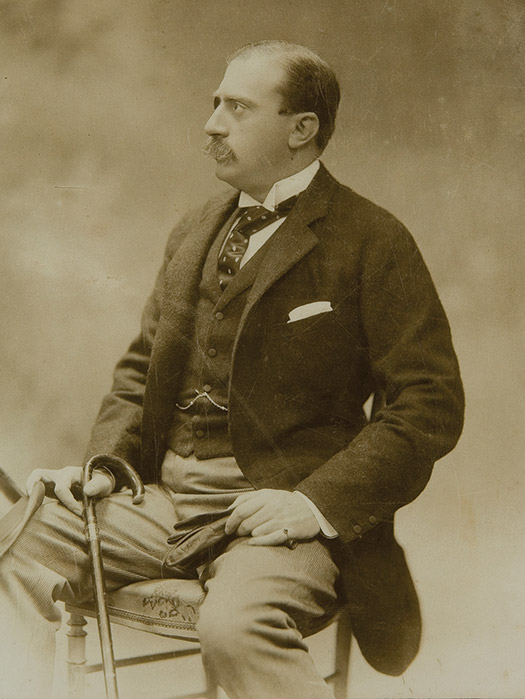
De Waal, a master ceramicist, spent his recent months in COVID-19 lockdown in England composing these letters, imagining himself back in Camondo’s Paris home. Over the past few years, he was granted unprecedented access to the palace at 63 rue de Monceau in preparation for an exhibition to open later this year. This unusual blend of family history and memoir is not exactly a sequel to his bestselling memoir The Hare with Amber Eyes, in which de Waal, the son of an Anglican minister, unfolded his family’s Jewish story, inspired by his inheritance of a set of 264 netsuke, tiny intricately carved Japanese ivory figurines. Letters is, rather, a parallel tale, focusing on another Jewish family of art collectors who suffered great losses at the hands of the Nazis. Through the letters, he tells the Camondo story and poses questions to Moïse, shifting between third and first person as well as first person plural, revealing their overlapping lives. “I am not in your house by accident,” he writes, his lapidary style echoing the elegant minimalism of his porcelain vessels.
The Camondos and de Waal’s family, the Ephrussis, were “related in complicated ways” and lived ten houses apart on rue de Monceau, a street with many wealthy Jews gathered from other places. They both arrived in Paris in 1869 (the Ephrussis from Odessa, the Camondos from Constantinople) and shared an adoration of their adopted land, expressed in their monumental collections of prized French art and objects.
De Waal begins his gentle inquiries on the mansion’s fifth floor near the servants’ quarters, above the lavishly appointed rooms, in a former storage room that now houses the owner’s archives. Like a well-ordered geniza, the oak-paneled cupboards are filled with ledgers, carbon copies of correspondence in beautiful script, seating plans for luncheons and dinners, opera programs, letters from dealers that arrived daily, instructions to gardeners and wine merchants, photographs of family and gravestones. “I want to ask if you ever threw anything away,” de Waal writes to Moïse.
These suites of great rooms are so carefully calibrated that there is a consequential gravitational pull up and down, to the attics and to the cellars, the stuff you didn’t want us to find, the stuff that survived your editing, your prohibitions. I’m in search of that.
A staff of fourteen serviced the house, tending to the marble sculptures, golden candelabras, the volumes bound in Moroccan red leather lining the library’s curved shelves, the thirty-three engravings by Jean-Baptiste-Siméon Chardin, the separate pantry for decanting wine, spiraling staircases. Moïse especially liked furniture with secret compartments, and he appreciated surfaces covered with veneers, “a way of making one thing look entirely other.”
De Waal understands that objects have backstories: they are bought and sold, traded, collected, coveted, gifted, recycled into new forms, trashed, broken, stolen, lost. “Like families, objects are diasporic,” de Waal told The New Yorker’s Adam Gopnik. “You begin someplace and end somewhere completely different.”
The Camondos had been the principal bankers of the Ottoman Empire, and they prospered in France as well. In 1891, Moïse married nineteen-year-old Clara Elise Irène Cahen d’Anvers. Their synagogue wedding was covered in Le Figaro.
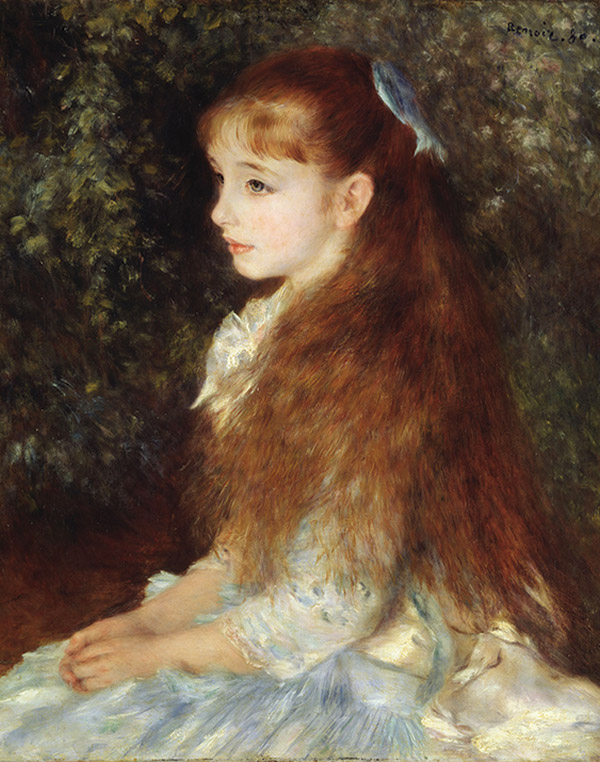
Irène’s mother, Louise, was the longtime lover of Charles Ephrussi, whose collection of netsuke figures de Waal would inherit a century later. When Irène was a child, the family commissioned Ephrussi’s friend Pierre-Auguste Renoir to paint her portrait: a girl with long golden-red hair tied in a blue ribbon, La Petite Irène. (Renoir also captured Irène’s younger sisters in their party dresses in a double portrait in Rose et Bleu.)
Six years after the wedding of Moïse and Irène, and soon after the births of their son, Nissim, and daughter, Béatrice, Irène left Moïse for her horseback riding instructor and converted to Catholicism. The children stayed with Moïse in Paris and at their country estate, where Béatrice, like her mother, excelled at riding. When Moïse’s parents died, he inherited their home and sold or donated almost all of their belongings, replacing the house with a new building for his family in the style of his growing collection of eighteenth-century pre-Revolutionary French paintings and objects. It was modeled after Louis XV’s Petit Trianon royal palace of Versailles.
In World War I, Nissim joined an air squadron and was killed while photographing enemy positions in 1917. A memorial service was held at the Grand Synagogue, and he was awarded the Legion of Honour posthumously. Moïse turned Nissim’s rooms into a shrine. The house became a palace of memory. He made plans to bequeath the home and his collection to France. “What is it to leave something, leave someone?” da Waal asks. “You want to come in and sit and be near. The space holds the chance that they have not gone.”
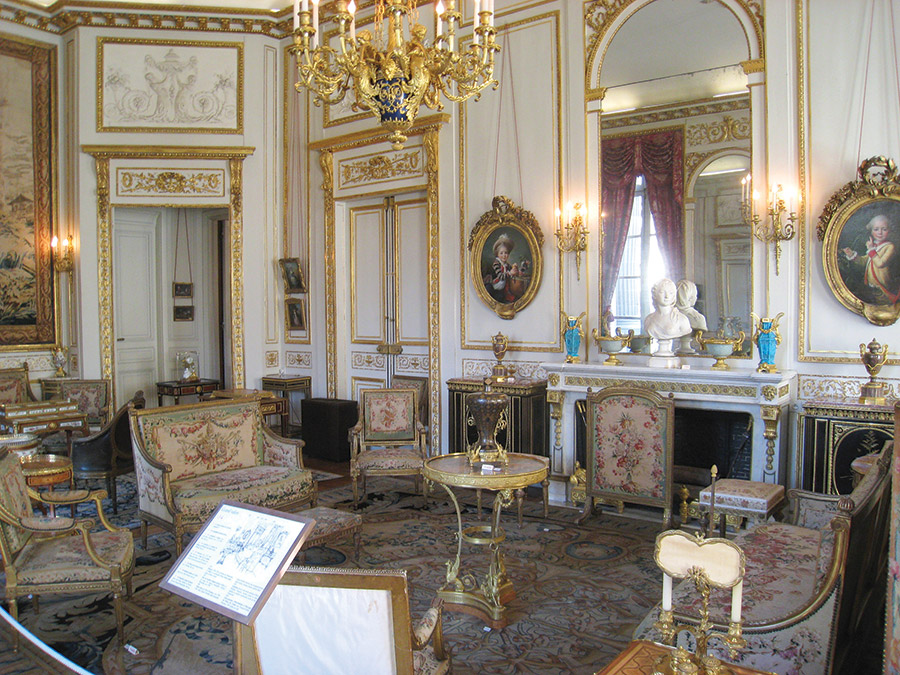
In 1919, Béatrice married Léon Reinach, “a young man of great culture,” who grew up nearby (and was an Ephrussi on his mother’s side). Along with their two children, Fanny and Bertrand, they lived at 63 rue de Monceau until moving to their own grand house in 1924. Moïse was an active member and benefactor of a long list of Parisian societies and clubs and a friend to the library, opera, and many museums. De Waal, considering his own family as well, asks, “If you belong to enough things does that make you belong here, sitting on this splendid carved and gilded chair?” In 1936, a year after Moïse’s death, Béatrice and Léon were present for the opening of the Musée Nissim de Camondo. Even as antisemitism was rising in Paris, the museum was so popular that its hours were extended.
Conjuring the house, de Waal writes of the objects and their reflections:
Your house is a place where everything is something else. It is a baroque riposte against truth to materials; here one material segues into another, your hand touches gold on the arms of the chair on which you sit. There are plaques of porcelain set into the furniture. This is an interior as performance in which you too are a protagonist, catching sight of yourself in the mirrors. Everything is multiple, mirrored, paired, reflected, repeated. This great slow cadenced repetition of candelabra, vases, firedogs, pier glasses, tables, chairs and the guéridons [carved stands]—it all comes alive as you move through the space. Objects are not seen by themselves but discovered among others.
De Waal appreciates Moïse’s pleasure in “putting things next to each other. And watching.”
Over the last twenty years, de Waal has worked with collections in museums and libraries, creating site-specific installations in conversation with works already on display. In addition to the upcoming exhibition at the Musée Nissim de Camondo, he has done other major installations, often with Jewish resonance.
In 2019, at the invitation of the Frick Collection in New York, he juxtaposed specific masterpieces in the Gilded Age mansion with his own assemblages, made of porcelain, gold, alabaster, and glass, along with steel, nodding to the source of Henry Clay Frick’s fortune. I visited the show at the suggestion of Rabbi Noam Marans, who sensed a deeply Jewish idea in de Waal’s inclusion of broken shards along with the polished porcelain. In the sumptuous Fragonard Room, one of the most gorgeous installations features a stack of three shining porcelain bowls atop a hollowed-out steel block; inside the block are fragments of three broken bowls.
Another stack of two shallow bowls holds fragments of gilded porcelain. Marans connects the idea of saving the broken vessels along with the perfect ones to the famous talmudic teaching that the first tablets of the Ten Commandments shattered in anger by Moses were kept alongside the second, unbroken set of tablets in the holy ark. I don’t know whether de Waal was aware of the midrash, but he told Gopnik that “the broken shard tells you so much. . . . What you have is part of a story and then you are off, away, into histories, place, exile.” In his London office, he keeps shards of ancient porcelain dishes. Shards, like dust, are traces of an inexpungable past.
Recalling one of his earlier exhibitions, which was in dialogue with Giorgio Morandi’s work, he quotes art historian John Rewald on the artist’s studio in Bologna, describing a “dense, grey, velvety dust, like a soft coat of felt” over the arrangements of jars and vases that he turned into still lifes. “The dust that covered them was like a mantle of nobility.”
Writing to Moïse, de Waal quotes W. G. Sebald: “Ash . . . the very last product of combustion, with no more resistance in it . . . [represents] the borderline between being and nothingness. Ash is a redeemed substance, like dust.” De Waal writes that “I don’t quite understand these words, but they haunt me. They feel close to the heart of what I need to ask you.”
Throughout World War II, the Musée Nissim de Camondo was left untouched, even as Jewish homes were emptied of their inhabitants and possessions. The great art held by Léon and Béatrice was seized. Léon tried to get the Renoir portrait back, writing to a museum director who had been a guest at Moïse’s luncheons. The director passed the note along to a Vichy official. In it, Léon had written that their families had “considerably enriched the patrimony of their adopted country.” The response: “Non” scribbled on the same page.
Neither Béatrice’s conversion to Catholicism nor her family’s contributions to France shielded them. The last members of Moïse’s family were deported to Drancy. Between December 1943 and January 1945, Fanny (age twenty-three), Bertrand (age twenty), Léon, and Béatrice were murdered at Auschwitz and its surrounding death camps. At the Musée Nissim de Camondo, a smaller plaque placed underneath the dedication to Nissim notes their deportations and deaths.
La Petite Irène was shown in a Renoir exhibit at the Musée de l’Orangerie in 1934 and later confiscated by the Germans; Hermann Göring chose the portrait for his private collection. Recovered after the war in Munich, it was exhibited again in Paris, where Irène, who had survived, reclaimed the painting and then sold it. Irène’s sister Elizabeth, the girl in the blue dress, died while being deported to Auschwitz in 1944; her other sister, Alice, died in Nice in 1965. La Petite Irène now hangs in Zurich, Rose et bleu in São Paulo.
“History is happening,” da Waal writes to Camondo. “It isn’t the past, it is a continuing unfolding of the moment. It unfolds in our hands. That is why objects carry so much, they belong in all the tenses.”
Comments
You must log in to comment Log In
Suggested Reading
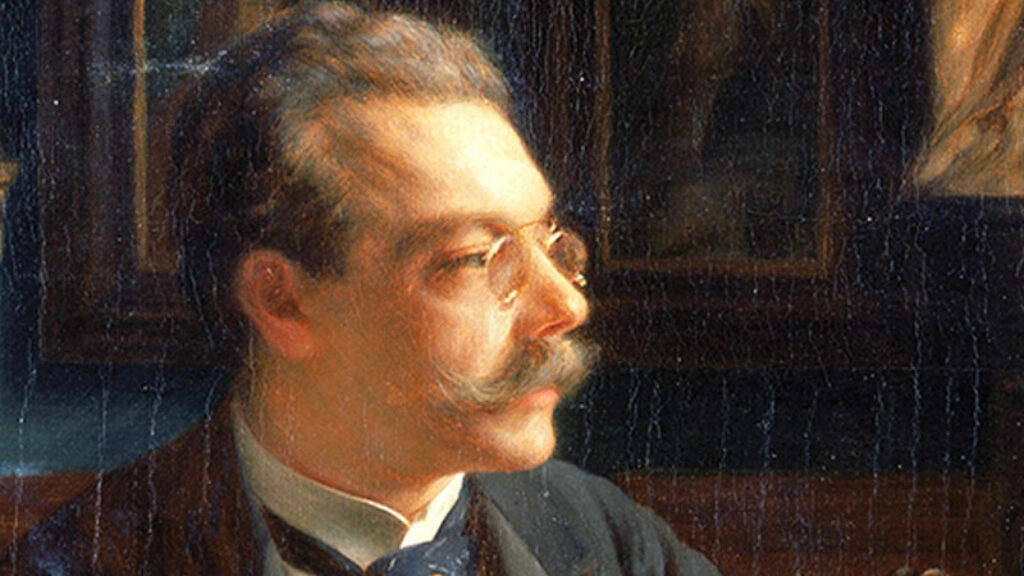
Remembering the Plutocrat and the Diplomat
Most things in Berlin speak to the city’s troubled past, and the newly opened James Simon Galerie is no exception.
The Rothschilds of the East
The Splendor of the Camondos and the pity of it all.
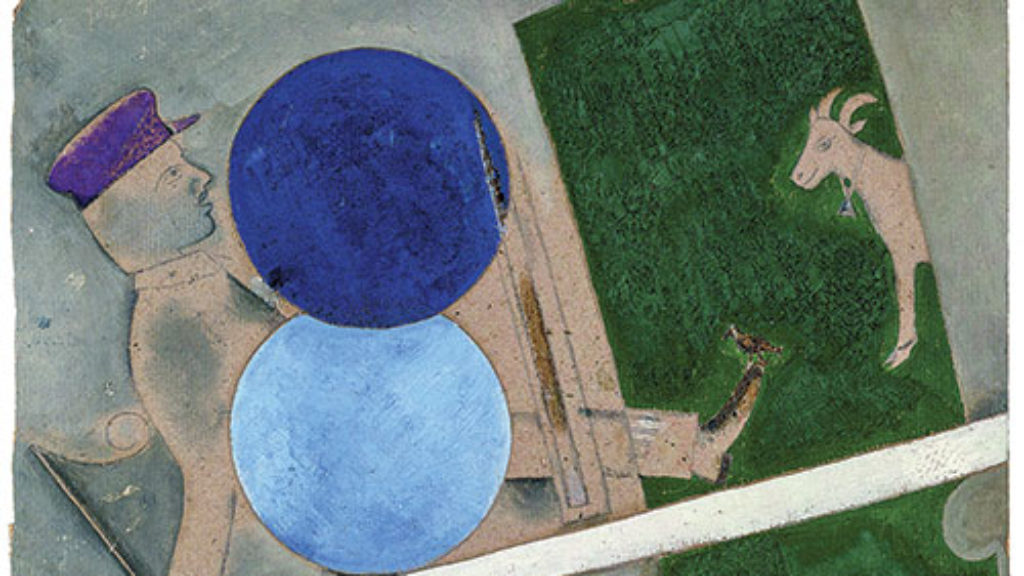
Art Over Vitebsk
After the revolution, Marc Chagall—somewhat implausibly—became plenipotentiary for the affairs of art in the province of Vitebsk. Against all probability, the avant-garde bloomed in a provincial Russian city dominated by Jewish culture.
Bling and Beauty: Jerusalem at the Met
In a new exhibit at the Met curators Barbara Drake Boehm and Melanie Holcomb wear their liberal hearts on their sleeves, imagining that Jerusalem's crowds might yet be resurrected as a convivial medieval pluralism.
Amy Roth
Wasn't it Irene who converted to Catholicism? Nowhere in this essay does it say that Beatrice converted. Did they both convert?